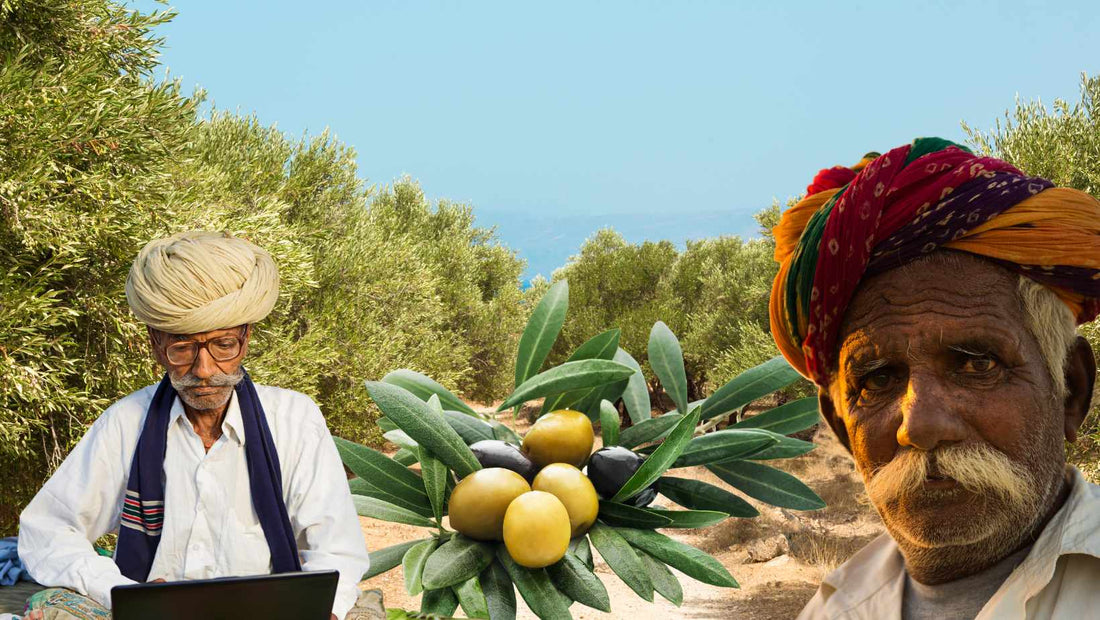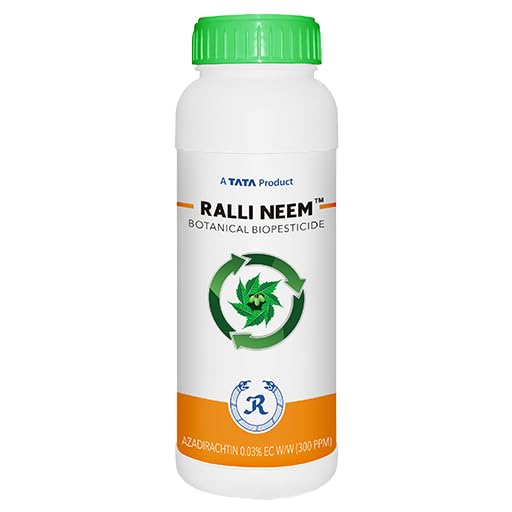
Unlocking the Potential of Olive Farming in India: A Comprehensive Guide
Share
In the vast and diverse landscape of Indian agriculture, there's a new kid on the block, and it's turning heads – olive farming. For years, India had been an importer of olives and olive oil, but that narrative is changing, thanks to the persistent efforts of farmers and agricultural visionaries. Today, let's embark on a journey to explore the world of olive farming, its incredible health benefits, and how it's finding its roots in the arid sands of Rajasthan and beyond.
Olives: A Mediterranean Treasure
The olive tree, native to the Mediterranean, Asia, and Africa, has been cultivated for centuries. Known primarily for its oil, which constitutes about 90% of its yield, olives have a rich history. They are celebrated not just for their culinary uses but also for their therapeutic properties. With the demand for olive oil steadily rising in the international market, the prospect of olive farming in India has never looked brighter.
Health Benefits of Olives
Before delving into the nuances of olive farming, it's important to understand the myriad health benefits that olives bring to the table:
-
Cholesterol Control: Olives help regulate cholesterol levels, promoting heart health.
-
Blood Pressure Regulation: They are known to control and regulate blood pressure.
-
Rich in Vitamin E: Olives are a good source of vitamin E, essential for skin and hair health.
-
Dietary Fiber: They provide dietary fiber, aiding in digestion.
-
Antioxidant Power: Olives are packed with antioxidants that combat free radicals in the body.
-
Alzheimer's Prevention: Some studies suggest that olives may have a role in preventing Alzheimer's disease.
-
Anti-Clotting Properties: They help prevent blood clots, reducing the risk of stroke.
-
Cancer Prevention: Olives contain compounds that may help in cancer prevention.
-
Fertility Enhancement: They are believed to enhance fertility.
-
Boost Immunity: Olives contribute to a strong immune system.
OLIVE BOOKS by ResetAgri.in
Related Articles
Olive Farming in India
In India, olive cultivation or olive plantation was once a rarity, but now it's making strides in various regions. States like Rajasthan, Jammu and Kashmir, Uttar Pradesh, and Himachal Pradesh have welcomed this Mediterranean guest. The Rajasthan government has even introduced subsidy programs to support olive plantation. This shift is transforming the agricultural landscape of these regions.
Climate and Soil Requirements for olive cultivation
Olive trees thrive in warm to subtropical conditions. They can be grown at altitudes of up to 1500 meters above sea level. Temperature plays a crucial role, with an optimal range of 15°C to 20°C being ideal. These trees need about 100 cm of well-distributed rainfall during their growth period and are sensitive to frost conditions.
As for soil, olives are versatile. They flourish in deep, well-drained loamy or clay loam soils. Good aeration for root development is essential, and the soil should ideally be about 5 feet deep. Olive trees don't tolerate water stagnation, so proper drainage is crucial. A slightly acidic to neutral pH range of 6 to 7.5 is best for quality and yield.
Propagation and Planting olive trees
Olive trees can be propagated either through seeds or cuttings. Seeds are collected during September to October and sown on raised nursery beds. For cuttings, 10-15 cm long sections with 3-4 nodes are treated with growth hormones and planted in mist chambers. Grafting and budding are also popular methods for propagation.
When it comes to planting, the ideal time varies depending on the region's climate. Proper spacing is essential, with distances ranging from 6 to 8 meters between trees in different soil and irrigation conditions.
Caring for Your Olive Trees
Olive farming requires meticulous care. Regular irrigation, weed control, training, pruning, and fertilization are all vital components. Proper pest and disease management are essential to protect your olive groves.
Harvesting and Yield of olives
Harvesting olives requires careful timing. Picking should be done at the right stage of maturity to ensure the best quality and oil yield. Mechanical methods are often preferred due to their efficiency.
As for yield, it varies depending on factors like crop management, soil, climate, and cultivar. On average, you can expect about 22 to 25% oil content from the stones.
The Bottom Line of olive cultivation in India
The olive farming revolution in India has just begun, and the future looks promising. With a growing domestic market for olive products and increasing international demand, Indian farmers have a unique opportunity to diversify and boost their income.
So, whether you're a seasoned farmer or someone looking to venture into agriculture, consider adding olives to your crop repertoire. From controlling cholesterol to preventing diseases, olives offer not just economic benefits but also a healthier future.
Welcome to the world of olive farming, where the fruits of your labor come with a touch of Mediterranean magic.











